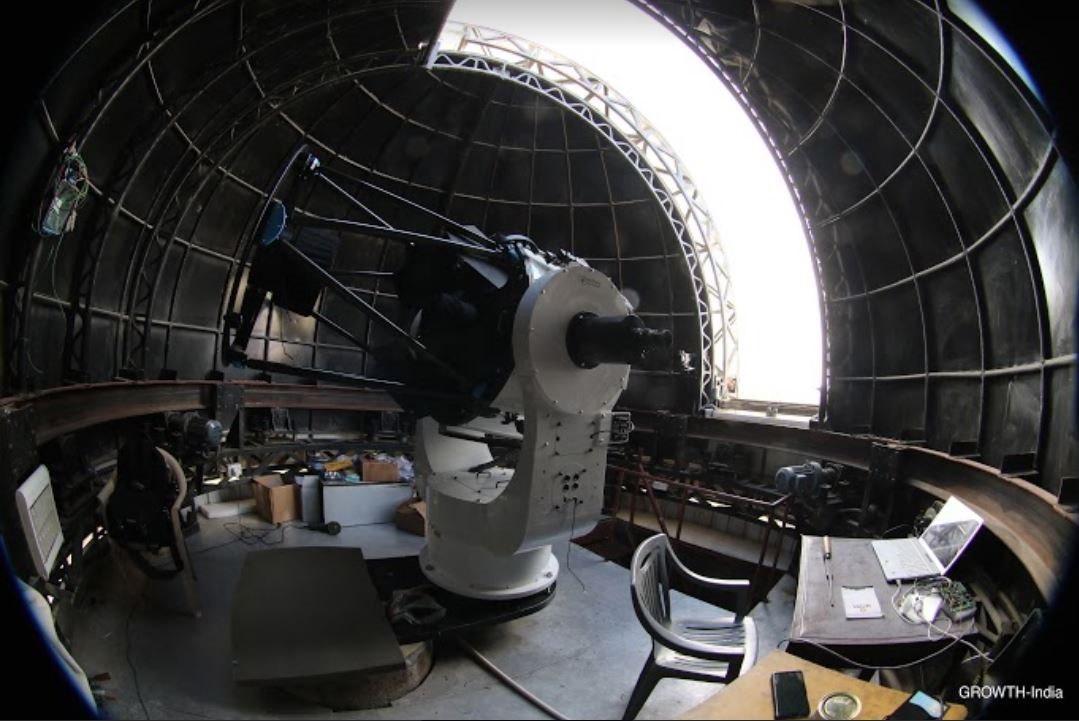
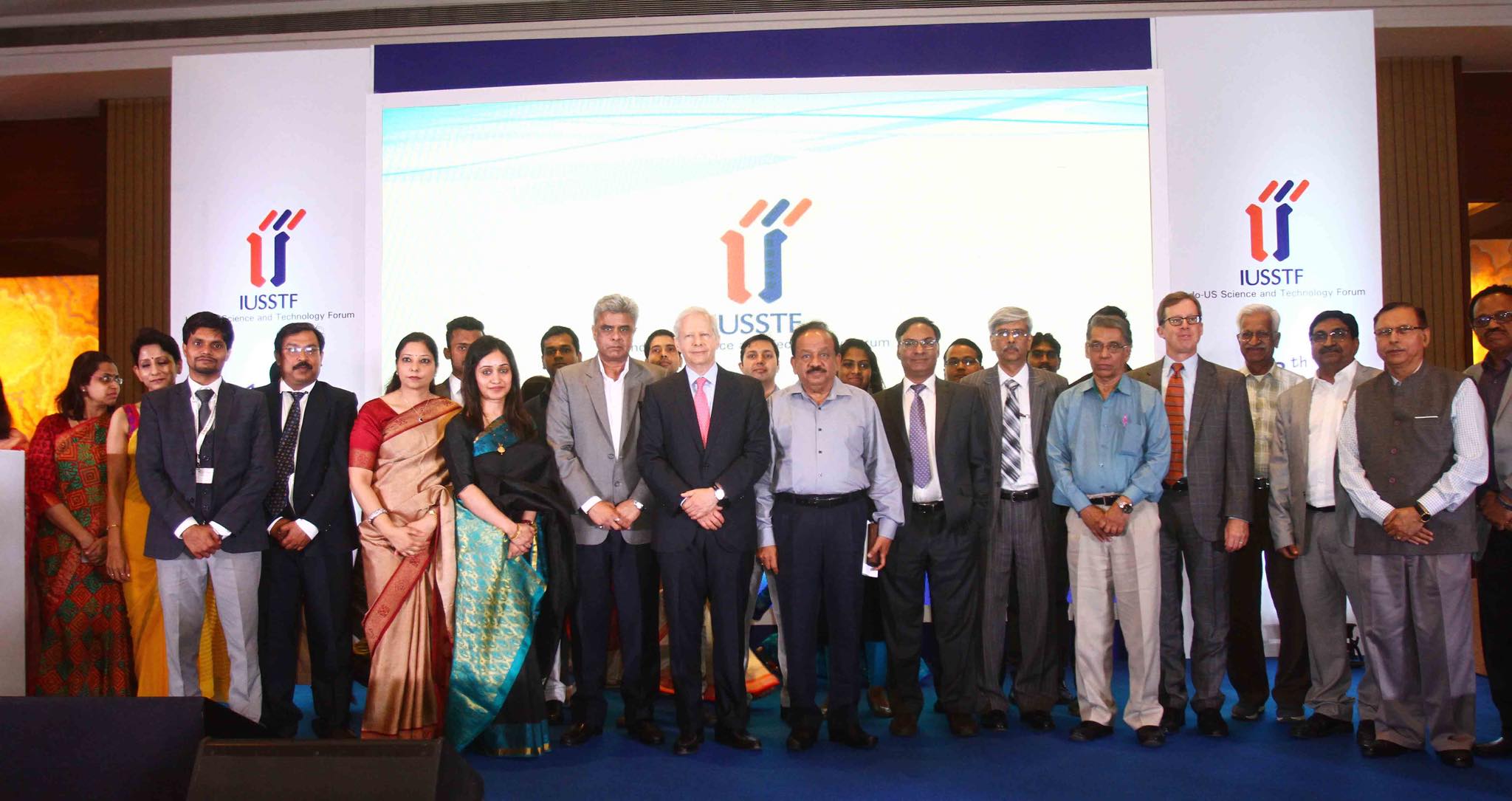
The Indo-U.S. Science and Technology Forum (IUSSTF) celebrated its 18th Foundation Day here on Wednesday in the presence of Minister for Science & Technology, Earth Sciences, Environment, Forests and Climate Change, Dr. Harsh Vardhan, and the Ambassador of the United States to India, Mr. Kenneth Juster.
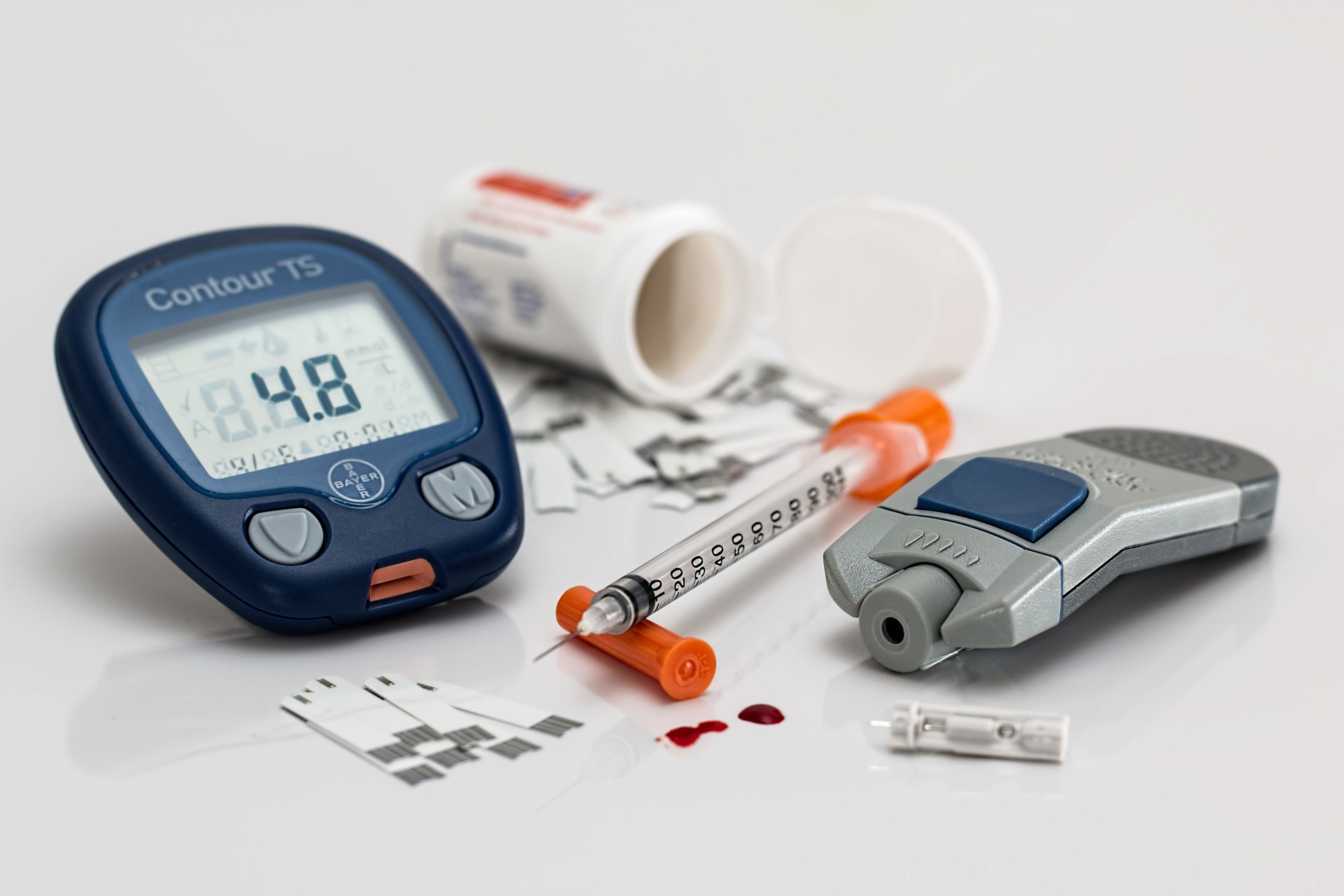
After 12 weeks of taking an anti-asthma drug, a subset of patients with type 2 diabetes showed a clinically significant reduction in blood glucose during a randomized, double-blind, placebo-controlled clinical trial, report University of California San Diego School of Medicine and University of Michigan researchers.
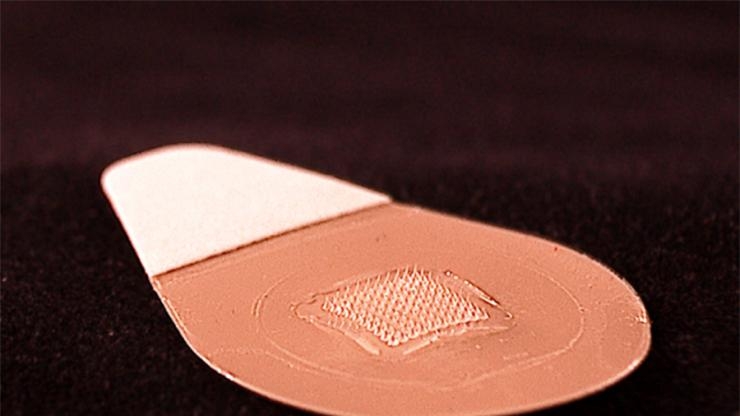
Despite the potentially severe consequences of illness and even death, only about 40 percent of adults in the United States receive flu shots each year; however, researchers believe a new self-administered, painless vaccine skin patch containing microscopic needles could significantly increase the number of people who get vaccinated.
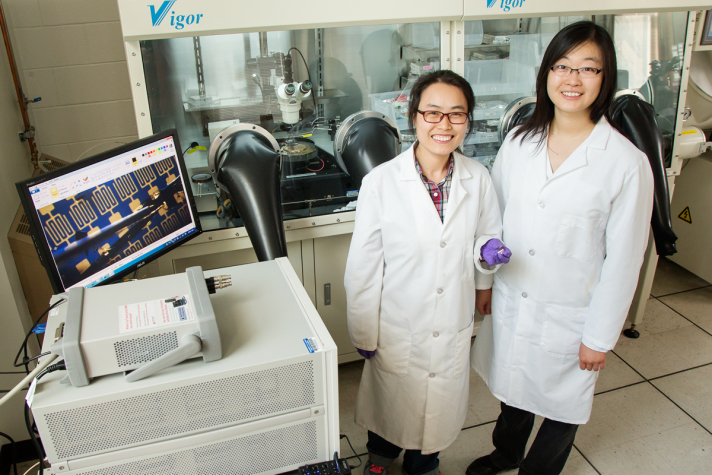
Internet is huge! Help us find great content
Never miss a thing! Sign up for our newsletter to stay updated.
Research Stash is a curated collection of tools and News for S.T.E.M researchers
Have any questions or want to partner with us? Reach us at hello@researchstash.com